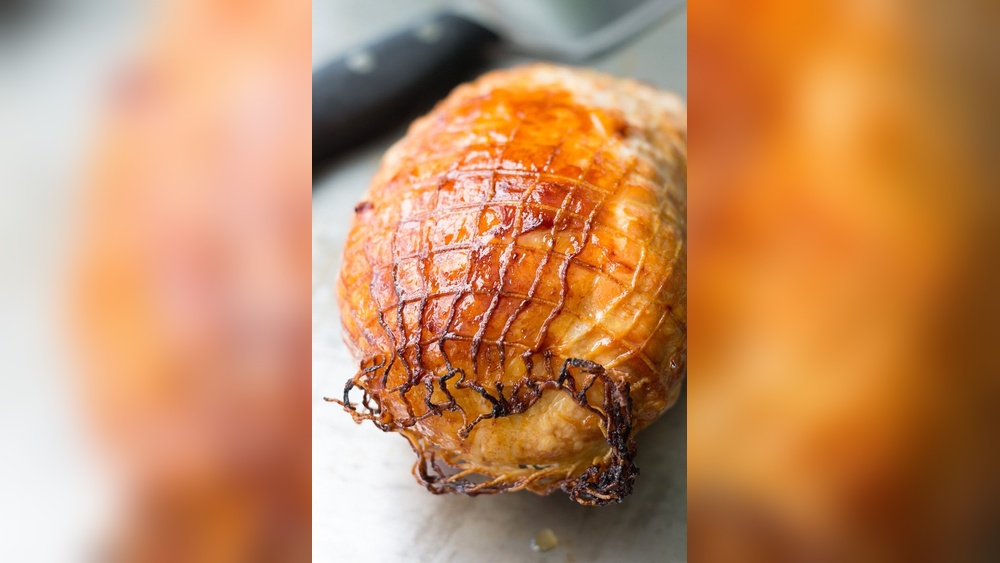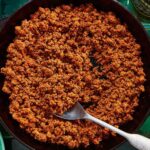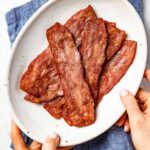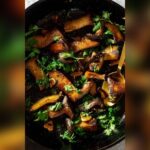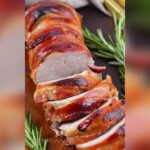Cooking a boneless turkey breast might seem tricky, but it doesn’t have to be. Whether you’re preparing a quick weeknight dinner or a special holiday meal, knowing the right way to cook it ensures juicy, tender meat every time.
In this guide, you’ll discover simple steps and insider tips to make your boneless turkey breast flavorful and perfectly cooked. Ready to impress your family and friends with a delicious, hassle-free turkey dish? Keep reading and master the art of cooking boneless turkey breast today!
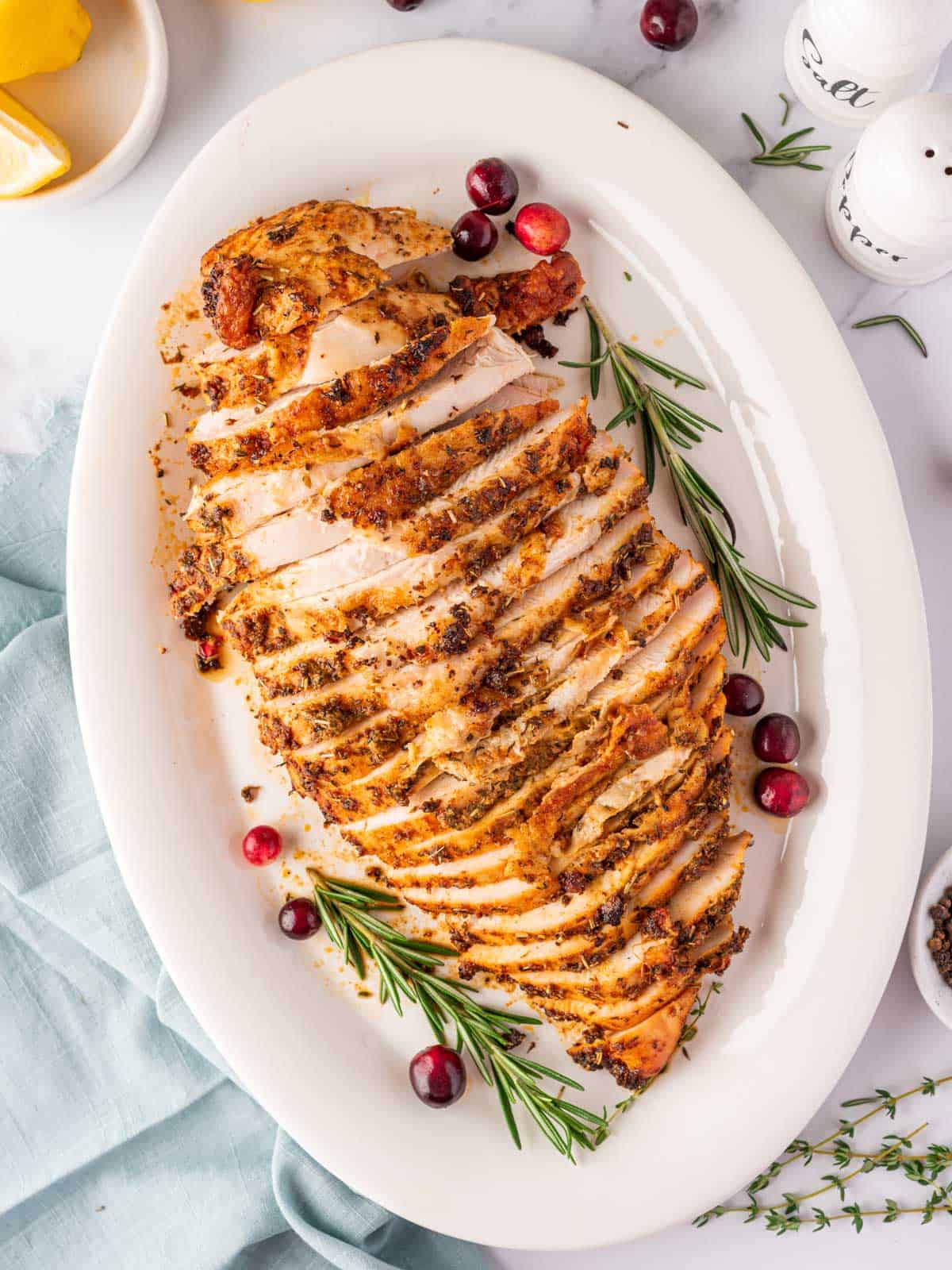
Preparing The Turkey Breast
Thaw the turkey breast safely by placing it in the fridge. This takes about 24 hours per 4 to 5 pounds. Avoid thawing at room temperature to stop bacteria growth.
Keep the netting on during cooking. It helps the turkey keep its shape and cook evenly. The netting also makes it easier to handle the meat.
Remove all packaging before cooking. Take off plastic wraps and any labels. Make sure the turkey is dry by patting it with paper towels. This helps the skin crisp up nicely.
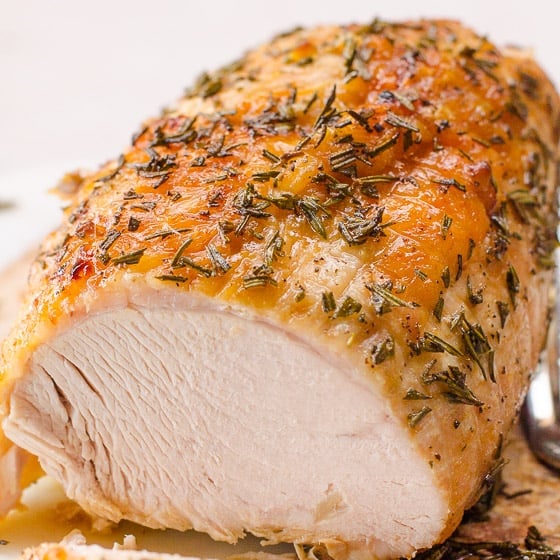
Seasoning And Flavoring
Herbs like rosemary, thyme, and sage bring out the best flavors in turkey. Use black pepper, garlic powder, and paprika for a simple, tasty mix. Fresh herbs add bright notes, while dried ones give a deeper taste.
Oils and butter help keep the meat juicy and tender. Olive oil adds a smooth flavor, while butter gives richness. Spread them evenly over the turkey breast for a nice crust.
Marinating the turkey breast for at least one hour improves taste and texture. Use a mix of oil, lemon juice, herbs, and spices. Keep it in the fridge while marinating. This makes the meat soft and full of flavor.
Cooking Methods
Oven roasting cooks the turkey evenly. Preheat the oven to 350°F. Season the turkey with salt, pepper, and herbs. Roast for about 20 minutes per pound. Let it rest before slicing to keep it juicy.
Slow cooker technique is easy and hands-free. Place the turkey breast in the slow cooker. Add broth or water to keep it moist. Cook on low for 6-7 hours or high for 3-4 hours. The meat will be tender and flavorful.
Air fryer approach is quick and crisp. Preheat the air fryer to 360°F. Season the turkey and place it in the basket. Cook for 25-30 minutes, turning halfway. Check for an internal temperature of 165°F.
Grilling and smoking add a smoky flavor. Use indirect heat on the grill. Smoke the turkey breast at 225-250°F for 1.5 to 2 hours. Use wood chips for extra aroma. Always check that it reaches 165°F inside.
Cooking Times And Temperatures
Cook boneless turkey breast at 350°F (175°C). Roast for about 20 minutes per pound. For example, a 3-pound breast needs around 60 minutes. Use a meat thermometer to check the internal temperature. The turkey is safe to eat at 165°F (74°C). Insert the thermometer into the thickest part for an accurate reading.
Rest the turkey breast for 10 to 15 minutes after cooking. Resting lets the juices spread inside the meat. This keeps the turkey moist and tender. Cover it loosely with foil during this time.
Achieving Juicy Results
Keeping the turkey breast moist is key to juicy meat. Cover it with foil during baking to trap steam inside. This stops the meat from drying out. Basting the turkey every 20 minutes with its own juices helps keep flavors rich and the surface moist. Avoid overcooking by checking the internal temperature often. Remove the breast once it hits 165°F (74°C). Overcooked turkey becomes dry and tough. Let the turkey rest wrapped in foil for 10-15 minutes after cooking. This lets the juices spread inside, making each bite tender and juicy.
Serving Suggestions
Carving Tips: Let the turkey rest for 10 minutes after cooking. Use a sharp knife for thin, even slices. Cut across the grain for tender pieces. Serve immediately for best taste.
Complementary Side Dishes: Mashed potatoes and green beans pair well. Cranberry sauce adds a sweet contrast. Roasted carrots or a fresh salad make good choices. Bread rolls or stuffing complete the meal.
Storing Leftovers: Cool the turkey quickly before storing. Wrap tightly in foil or place in airtight containers. Keep in the fridge for up to 4 days. Freeze for longer storage, up to 3 months. Reheat gently to keep it moist.

Frequently Asked Questions
How Do You Cook A Boneless Skinless Turkey Breast?
Preheat oven to 350°F (175°C). Season turkey breast with oil, garlic, salt, and pepper. Roast uncovered for 20 minutes per pound. Use a meat thermometer to ensure internal temperature reaches 165°F (74°C). Let rest 10 minutes before slicing.
How Long Do You Cook A Boneless Turkey Breast Per Pound?
Cook boneless turkey breast at 350°F (175°C) for 20 minutes per pound. Always check internal temperature for 165°F.
Do You Cook A Boneless Turkey Breast At 325 Or 350?
Cook boneless turkey breast at 325°F for juicier meat or 350°F for faster cooking. Roast until internal temperature reaches 165°F.
How Long Do You Cook A Butterball Boneless Turkey Breast?
Cook a Butterball boneless turkey breast at 350°F (175°C) for 20 minutes per pound. Ensure internal temperature reaches 165°F (74°C). Let it rest 10 minutes before slicing.
Conclusion
Cooking a boneless turkey breast can be simple and satisfying. Use fresh ingredients and season well for the best taste. Roast at the right temperature to keep meat juicy and tender. Check the internal temperature to ensure it is fully cooked.
Let the meat rest before slicing to keep juices inside. Serve with your favorite sides for a complete meal. Enjoy a healthy, delicious dish that suits any occasion. Practice makes perfect—each time you cook, you will improve. Try different herbs and spices to find your favorite flavor.

Yes, working as , Food Blogger and Product Reviewer for last 6 years. Here you will get amazing deals for Smart kitchen products. I am your best source for the latest update in cooking trends. I provide insightful articles, reviews, and analysis on cutting-edge kitchen gadget. My mission is to empower readers with the knowledge they need to stay ahead in a rapidly evolving coking world. Join me as we explore the future of food technology and how it shapes our lives today and tomorrow.

